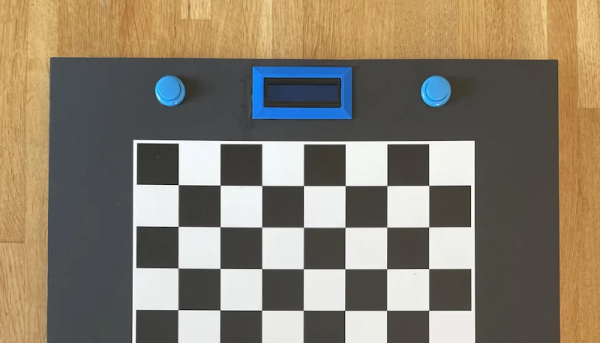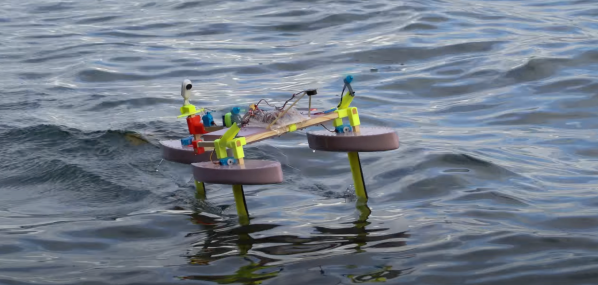Not a rhetorical question! This week we consider the most micro microcontroller: the HC32L110. It’s the new title holder of the smallest ARM Cortex M0+ part. But could you actually use it?

I remember way back, when I first learned to solder surface-mount components. It was fiddly at first, but nowadays I don’t use through-hole components unless someone’s twisting my arm. And I still do my soldering myself — down to 0603 really isn’t all that bad with an iron, and below that, there’s always the heat plate. My heat plate has also gotten me through the two times I’ve actually needed to put down a ball-grid-array part. It wasn’t as bad as I had feared, honestly.
So maybe it’s time for me to take the BGA plunge and design a board or two just to get more familiar with the tech. I probably won’t dive straight into the deep end, like the featured chip here with 0.35 mm ball pitch, but rather stick with something that the cheap PCB services can easily handle. My experience tells me that the best way to learn something is just to test it out.
Now, off to go part shopping in the middle of a chip crisis! Wish me luck.






 Unfortunately, it does require a more modern Mac to act as an access point into the wider iMessage network. The modern Mac sets up a GraphQL database that can be accessed. Then a serial cable connects your “retro daily driver” to a translation layer that converts the serial commands into GraphQL commands. This could be something simple and network-connected like an ESP32 or a program running on your iMessage Mac. [CamHenlin] has a second Mac mini in his demo, seen above.
Unfortunately, it does require a more modern Mac to act as an access point into the wider iMessage network. The modern Mac sets up a GraphQL database that can be accessed. Then a serial cable connects your “retro daily driver” to a translation layer that converts the serial commands into GraphQL commands. This could be something simple and network-connected like an ESP32 or a program running on your iMessage Mac. [CamHenlin] has a second Mac mini in his demo, seen above.











